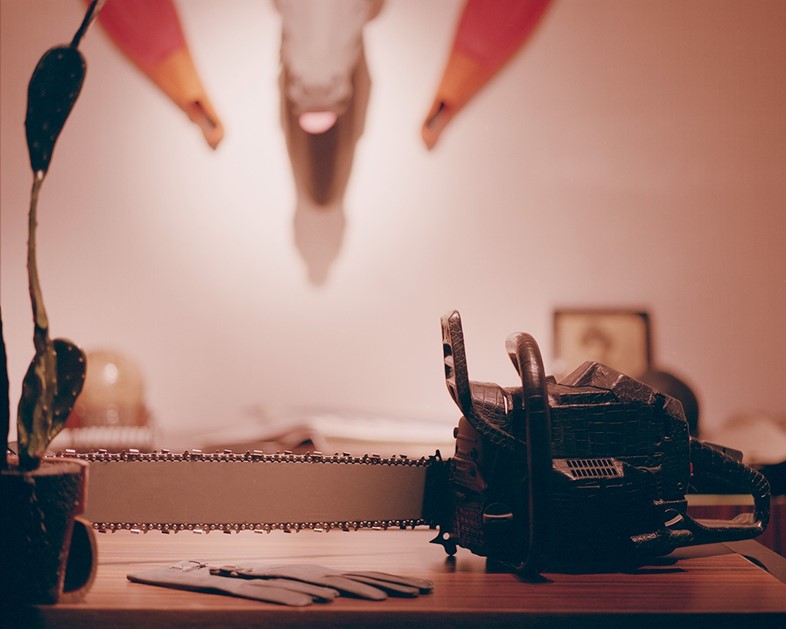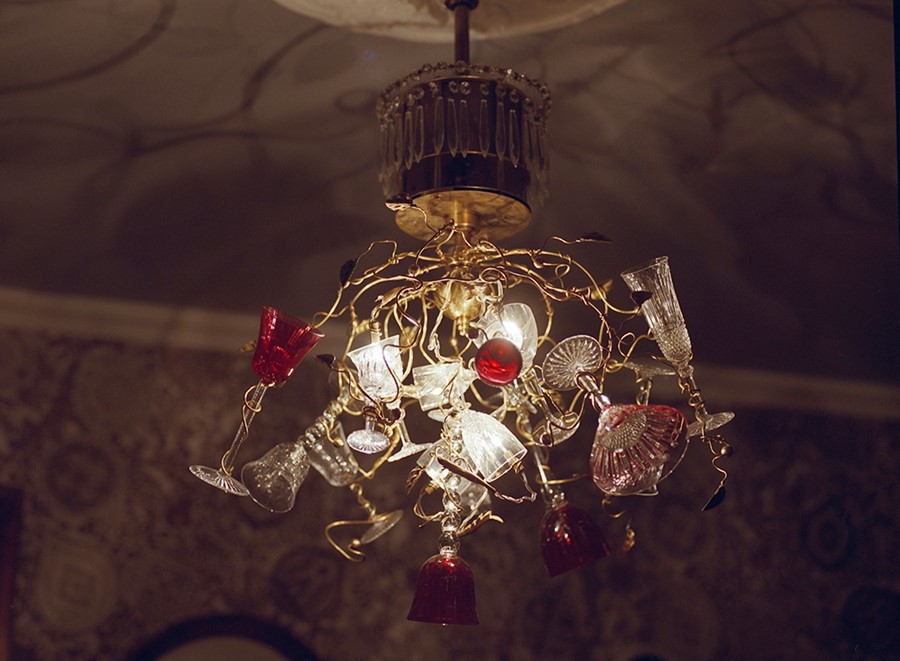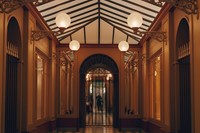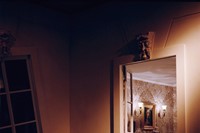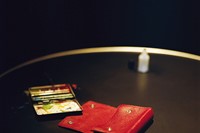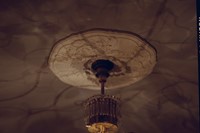As Hermès opens a magical show at Saatchi Gallery, Pierre-Alexis Dumas discusses the liberating art of urban wandering
Each year, Hermès’ Artistic Director, Pierre-Alexis Dumas, decides a theme to guide the creative direction of the house. 2015 has been assigned as the year of the Flâneur – "that wonderfully liberating art of urban wandering" – a theme that has culminated in a new exhibition at Saatchi Gallery. Entitled Wanderland, the show is a series of 11 rooms through which we are encouraged to “wander” while exploring objects from the Hermès archive.
From an upside-down boulevard to a full-scale recreation of a Parisian café, the whole experience is like being in a chic (and deeply surreal) version of Disneyland. Tables on display undulate and expand, you sit down in the café and notice a tiny, spinning video playing in your teacup and walking sticks behind glass cases poke their tongues out at you. We spoke to Dumas to find out what it is about Flânerie that reflects the Hermès brand (and what the phrase Flâneur Forever actually means).
What exactly is Flânerie?
Flânerie is an attitude of curiosity, it’s about opening our minds and not taking anything for granted. It's about always questioning the world we live in and looking for beauty. But being a Flâneur is not about exploring everything and diluting ourselves – on the contrary, it is about actively searching for what’s good for you, what will somehow resonate with your inner self. Flânerie is not about being idle, it is not about doing nothing, it is about actively searching for the essence of things. I think that, at Hermès, we are a house making well crafted, unusual objects for professional wanderers!
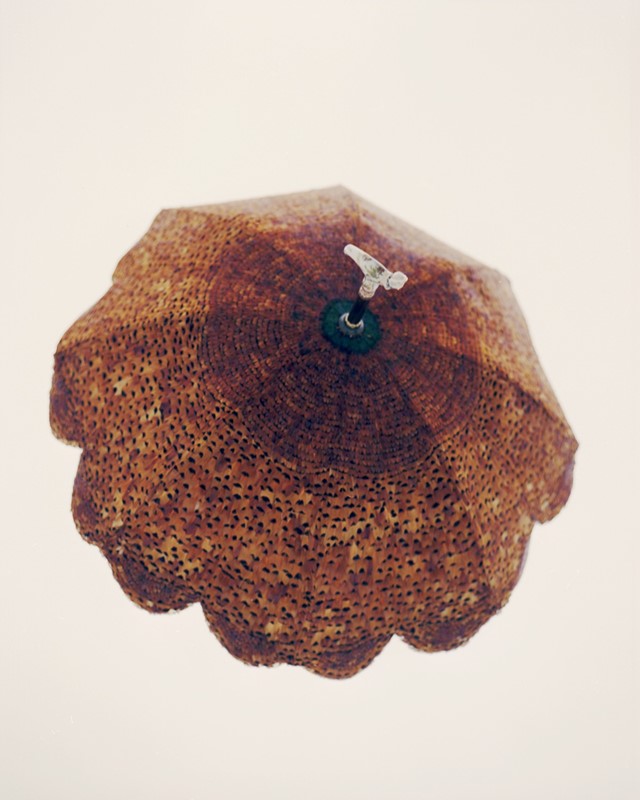
Why did you choose Flânerie Forever as the theme for 2015?
Flânerie is a theme that I have wanted to develop for a while. I think that the idea of it is deeply human; the philosophy took on importance in France in the 19th century, during the industrial revolution. It was a resistance, a movement looking at how to keep our humanity and our poetic mind in a world that was becoming increasingly rational. It’s also particularly important to look at that time because that’s when Hermés was born, in 1837, and I think that the roots of the spirit of Hermés are in 19th century Flânerie.
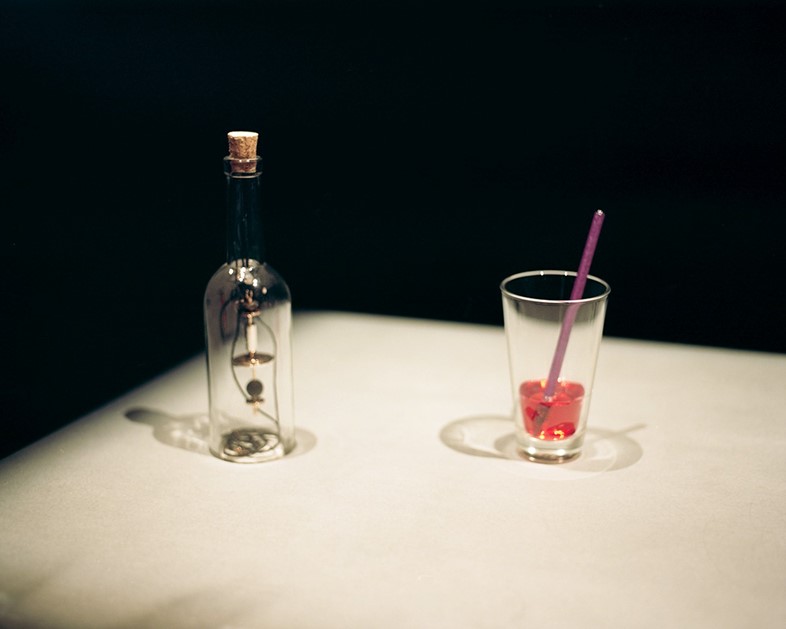
The first room has a series of films playing – are any of those expressions of what you understand Flânerie to be?
Well, the idea with that was to just start to open your mind because, in a show like this, you have to enter a fantasy world like you do in a film. You have to enter the illusion. So, for example, there is a clip playing from Breathless, of Jean-Paul Belmondo walking on the Champs-Élysées. You know, it is said that in Godard’s later films, he would actually write the films during the process of making them. There is something about wandering which is about not knowing where you are going, surrendering and accepting that the unexpected will come into your life. As human beings, we have a tendency to try to control everything but I think that sometimes, the best things that happen in your life happen by chance.
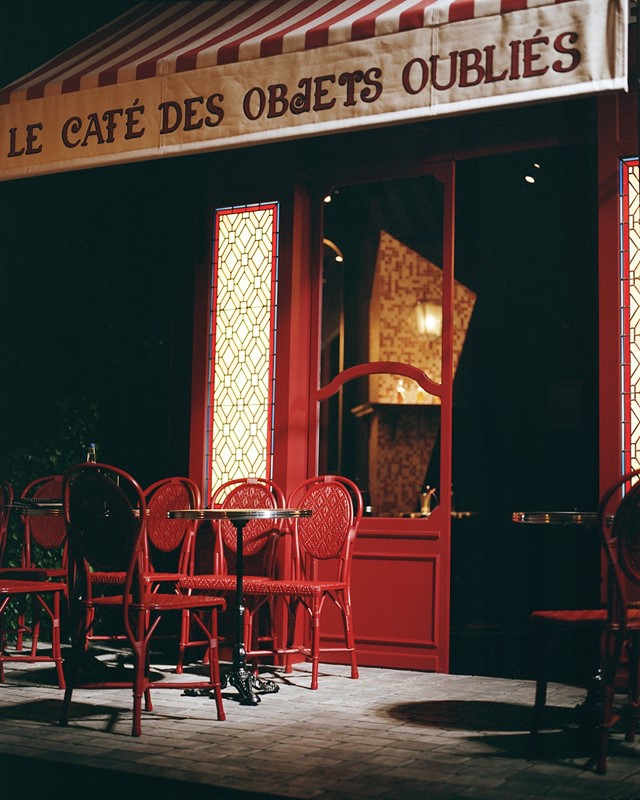
What is your own favourite part of the exhibition?
What is interesting about this exhibition is that your experience will be different to mine. Somehow, your eye or your mind will catch this object or that one because it means something to you or it awakens a thought in you. It makes me think of the world of the Surrealists, that somehow an object can activate your subconscious. For me in this exhibition, I am fascinated by the work of Nicolas Tourte, the video artist who put tiny films in apparently insignificant objects. So, you can look into a teacup in the café and see something special. Those videos are on the scale of tiny objects and the scale of them in an exhibition that is so huge is really interesting to me.
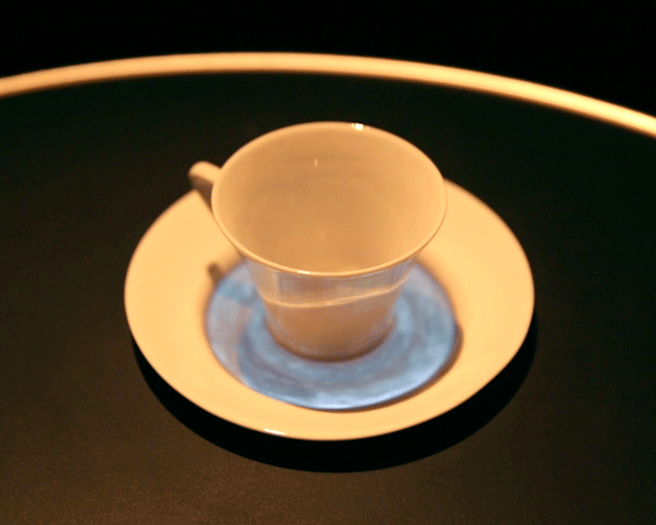
What was the process like of choosing the objects to exhibit?
Well, the problem with Hermès is that we have too many objects. You know, one of the reasons people started to collect objects is because they were seen as a remedy against melancholy. Some of the pieces here here were manufactured by us and some are objects that we own, that we have bought and that inspire us. My great-grandfather, Emille Hermès, was a mad collector of things relating to horses, which we keep in a private showroom above the Paris store. Some of it was fine art and some of it was craft, like the walking stick in one of the rooms that sticks its tongue out at you! Anyway, I invited Bruno and Hubert to look at our collections with a fresh eye and make their own choices. I was very happy to see that they included the Spoutnik pendant from 2009, because it was a huge flop commercially. I love all of my children and so it’s important not to forget them! There’s a quote that I like from Proust that says "the real traveller is the one who is able to look at the world with new eyes." And I think that you know, if we could just look at the world with fresh eyes everyday we could remember how beautiful it is.
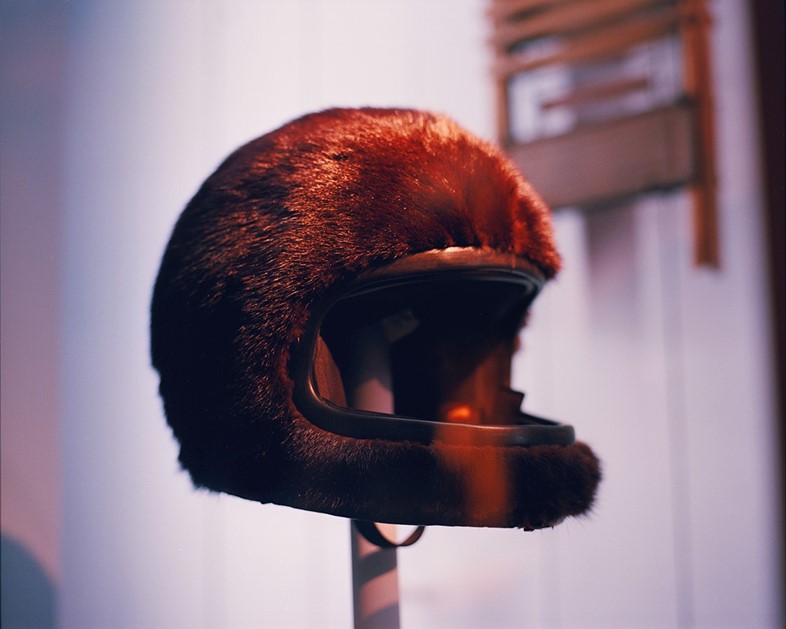
Why Saatchi Gallery? Why hold the exhibition here?
Well, first of all, it is nice to consider that Saatchi Gallery is here in Chelsea on the Kings Road, which I would say is the equivalent of our Parisian boulevard. It feels right to be here, in the middle of London; it’s just a wonderful invitation to stroll out and continue to walk and discover the city. And we have a good relationship with the gallery; I think that, as a house, Hermés is an unusual object... sometimes institutions don’t really know how to handle us. I mean, this exhibition is not about launching a new perfume; yes, there are some Hermés objects in this exhibition but they are not there to be sold. This exhibition is about sharing the way that we relate to objects in a world of things; I think we are still one of the few houses who actually make objects. I am convinced that somehow objects are depository of what you put into them: we put a lot of love, presence, empathy into them and I think that somehow they form a life of their own. I think that is what Flâneurs are looking for. Sometimes, an object talks to you. I don’t think that it’s you that chooses an object; the object chooses you and when that happens, you must have it.
Wanderland is at Saatchi Gallery until May 2.
